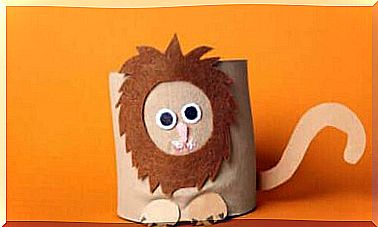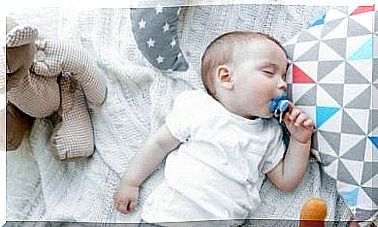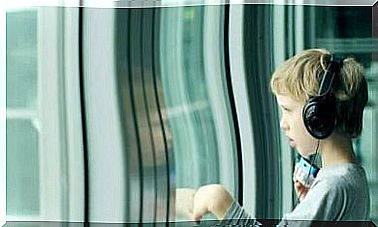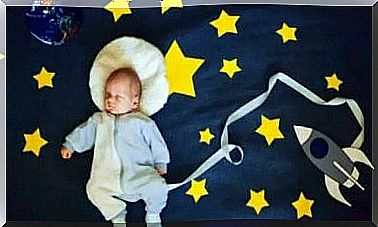How To Make Your Own Zoetrope At Home?

Making your own Zoetrope at home is easy and fun, but do you know what it is? Who invented it? Learn all about this optical toy that kids will love, then start organizing a craft gathering for the whole family. Are you ready to get started?
What is a Zoetrope?
Since the invention of photography, man has been constantly creating images, even with movement. It ushered in the rise of cinema, or the pre-cinema phase, in which various devices were invented, including the Zoetrope.
This optical device was conceived in 1834 by the mathematician William George Horner, although it became popular around 1860 as a toy under the name ‘magic drum’ or ‘wheel of life’. The mechanism shares the same principles used to create cartoons.
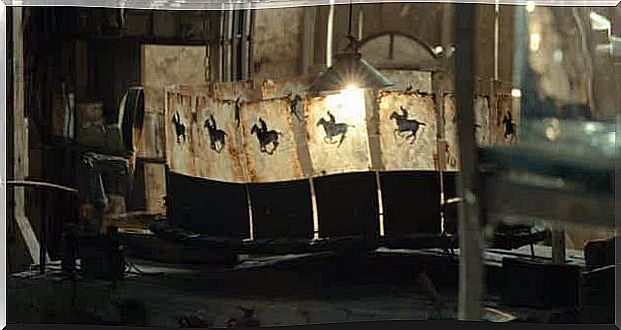
The device also works in the same way as film, creating a sequence of moving images. It is a kinetic illusion that combines character drawings by exploiting the effect of light and the persistence of the images on the retina. As the drum rotates, the figures are linked together to achieve the effect of a moving scene.
How do you make your own Zoetrope at home?
Crafts are a creative, playful and addictive activity that children love to do. So plan on making a homemade Zoetrope and you will see how much fun they will have with it. To run it, you need the following elements:
- Drawing Templates for the Zoetrope or White Cardboard
- A round cardboard box
- Black cardboard
- silicone glue
- A ruler
- A pencil
- Scissors
- A precision knife
- Plastic or styrofoam cup
- a thumbtack
Step by step instructions
- First, draw two shapes on the black cardboard: a circle the size of the diameter of the box and a rectangular strip the same size as the inner circumference of the circle and protruding twice as high from the edge. For example, if the wall of the box is 5 cm, then the strip of cardboard should be about 10 cm wide.
- Then mark and cut slits of approximately 0.5 cm in one of the edges, separated by a 5 cm space. Cut this with a precision knife and remove the fringe to leave a grooved strip.
- In the opposite edge, make small 1.25 cm triangular cuts and fold a tab.
- Then glue the cardboard with the slots to the inside of the box by gluing the tab.
- Place the black cardboard circle on top and cover the tabs.
- Then cut a strip of white cardboard the same length as the black strip and the same height as the edge of the box.
- Mark six divisions with a pencil, leaving 1.25 cm on each edge for gluing.
- Then draw a figure in a series of movements in each space. You can also download templates of drawings in a series of movements from the Internet (English link), print them and then stick them on the black cardboard.
- Then line the strip of cardboard with the drawings or the templates on the inner wall of the drum.
- Mark the center of the base of the box.
- Then to make the rotating system, turn the cup upside down and place the box on top, resting the base on the cup.
- Finally, push the thumbtack through the box, cardboard and cup and the homemade Zoetrope is ready to roll!
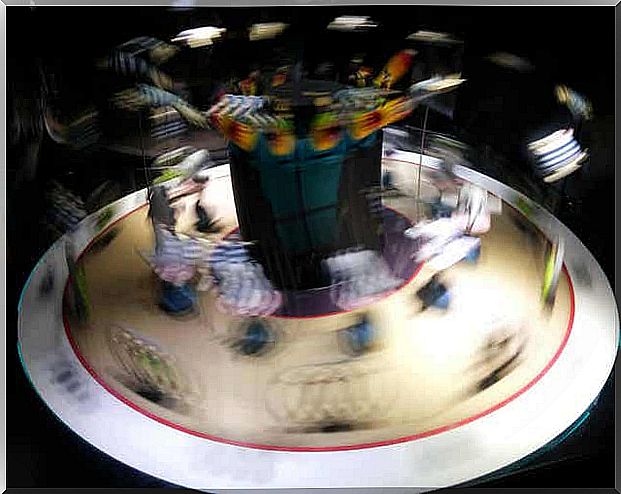
An ecological cartoon machine
A Zoetrope is a simple and easy appliance to make at home. You can even use reusable material to have an eco-friendly toy! For example, use a round box of candy or chocolates to make the base and boxes of cereal to make the tin.
You can also combine the manual work with an internet search for templates to get multiple models with different characters. In this way you encourage learning different content with the same activity:
- Information and Communication Technologies (ICTs).
- Read~.
- Draw.
- Do it yourself.
- Geometry and Mathematics.
Plan an afternoon to make this Zoetrope yourself, an activity that involves the application of various skills such as creativity, crafts, their artistic side and especially the desire to play and have fun as a family. What are you waiting for? Get started!


